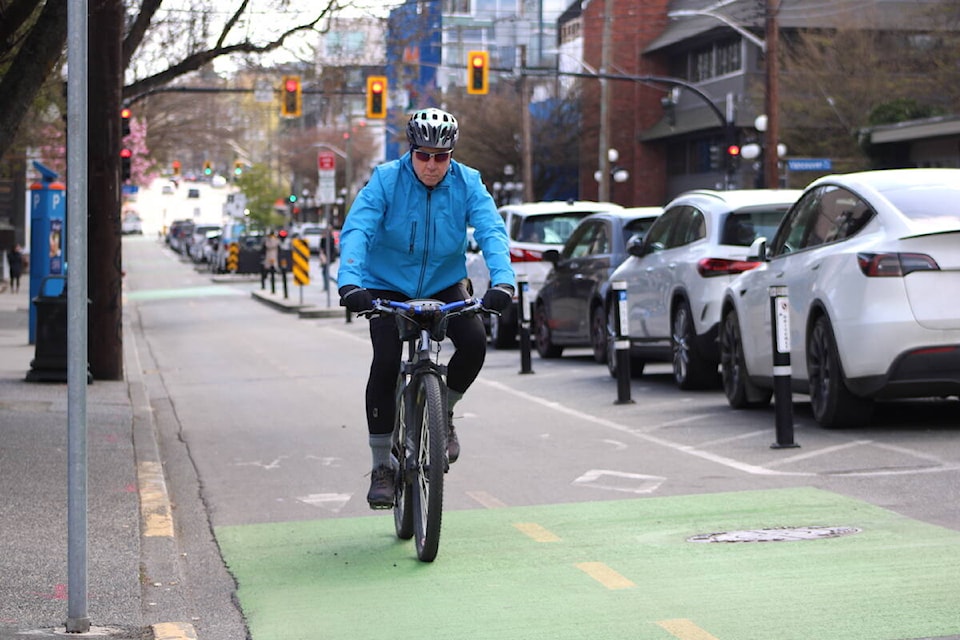I have written letters to this paper on cycling since I was 12, and it sometimes feels like the arguments haven’t changed. I’m now an adult and a licensed driver. Like many drivers, I failed my first road test due to a stop sign, and will grudgingly admit that was for good reason. In a car, your visibility is reduced, while your mass and speed are increased. Cars simply present a greater risk to those outside them.
Behind the wheel, I watch crossings, shoulder check, and keep a good following distance, because I am responsible for everyone’s safety. On a bicycle, it’s laughable to do a full stop and put your foot down at a stop sign, unless you’re waiting for other traffic. Twelve U.S. states have recognized this and now allow bicycles to treat stop signs as a yield. Perhaps B.C. should follow suit.
I also see B.C.’s mandatory bike helmet law, a law that’s uncommon both globally and in Canada, as a tool for pretext policing, a way for officers to target certain groups and find other offences in the process. I find bike helmets enforce an auto-centric safety culture where cycling is a fringe activity and you are the one charged with protecting yourself from cars.
As an advocate for safer streets, I believe we are all responsible for safety – but the heavier the vehicle, the greater the responsibility. A recent Belgian study suggests that compared to cars, pickups are three times more likely to kill a person biking or walking upon impact. Street designs are also responsible for how we behave and yes, lower speeds make it easier to look out for one another and avoid a collision in the first place.
Years since I first wrote, the transport arguments might feel the same, but Victoria and other municipalities have made so many of their streets better for everyone, and I hope this continues.
Finn Kreischer
Victoria



